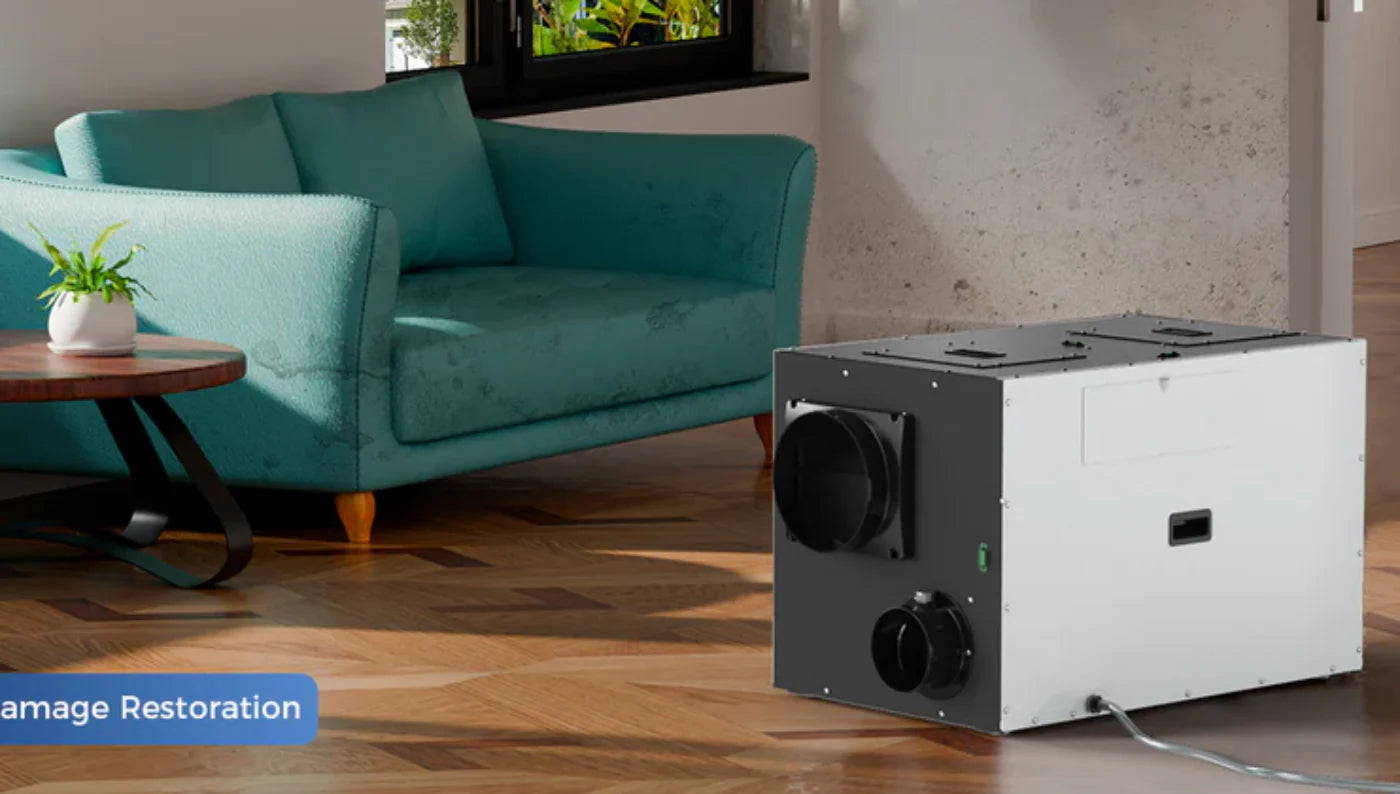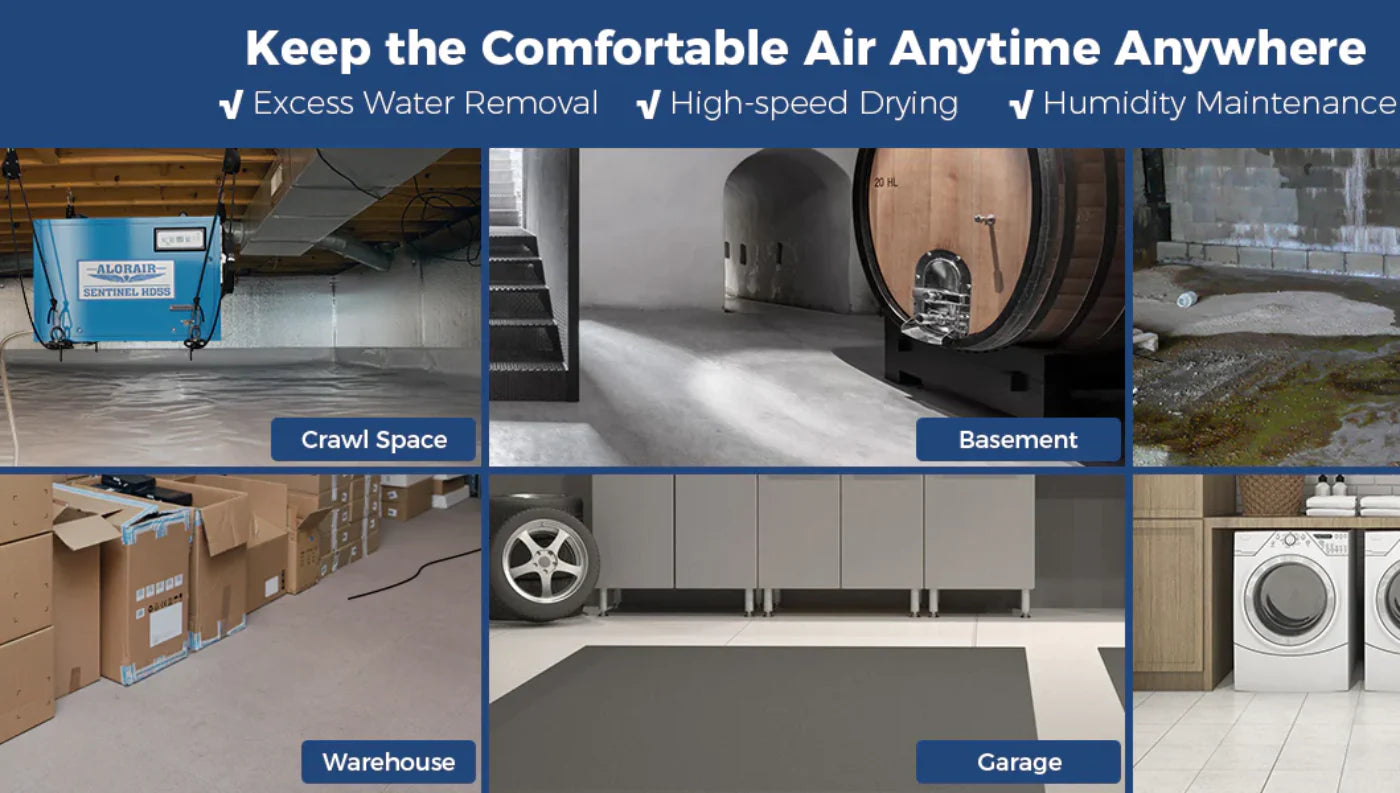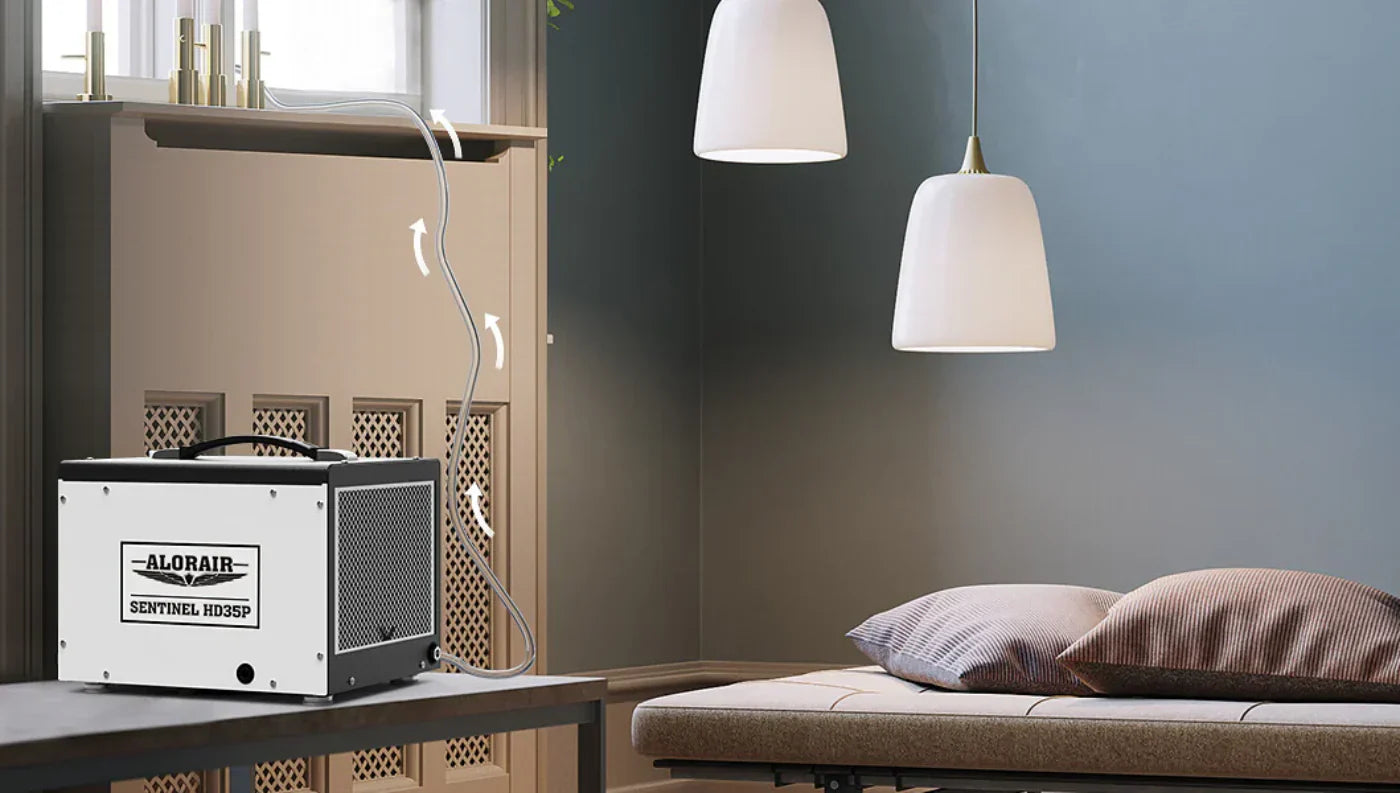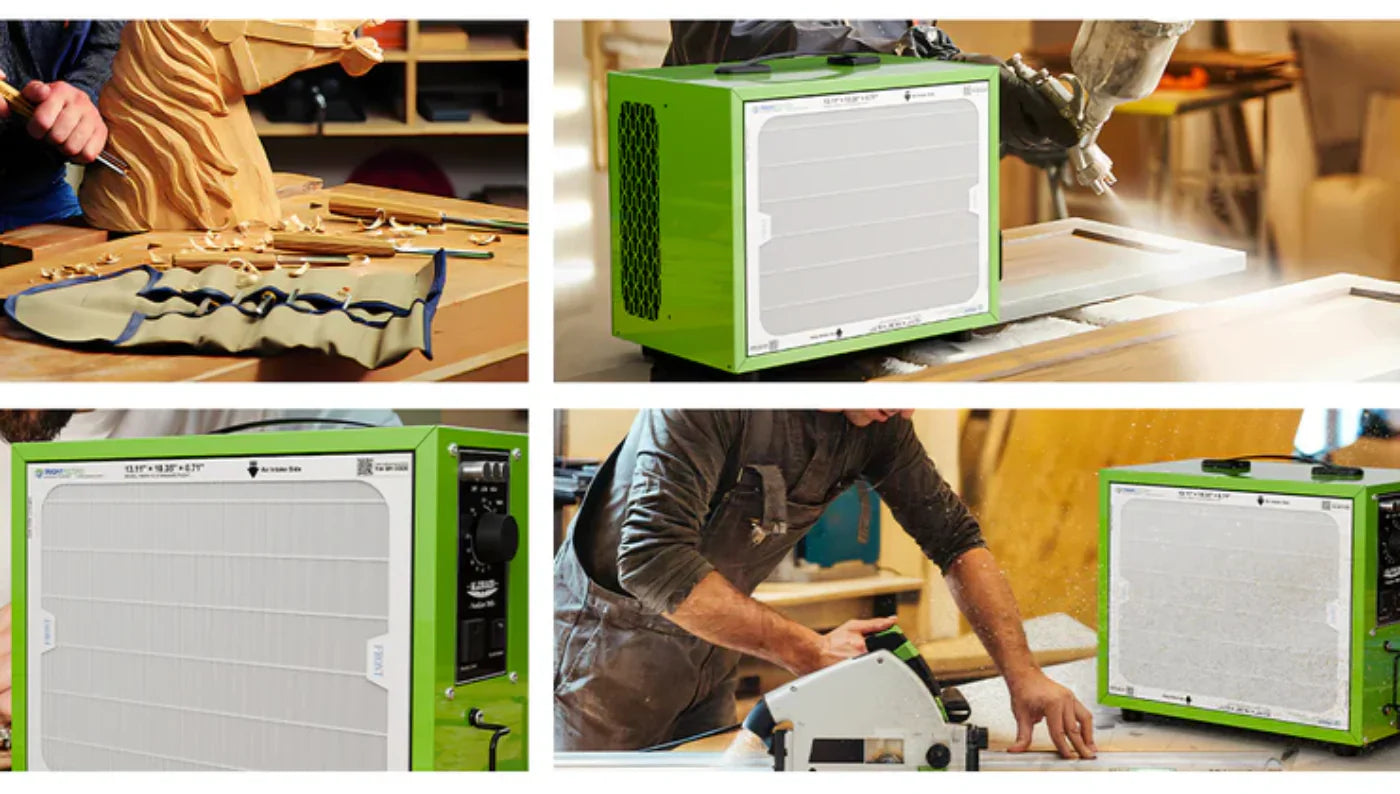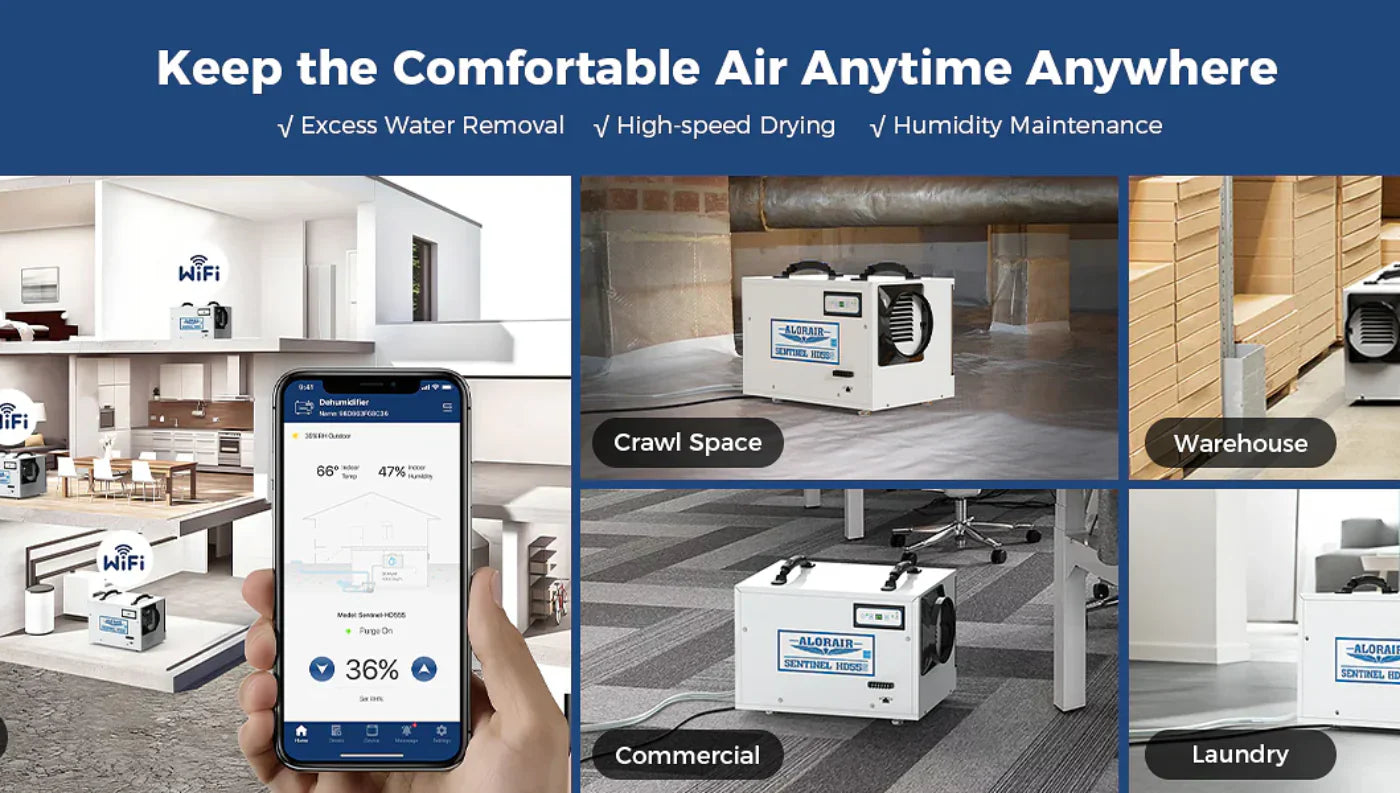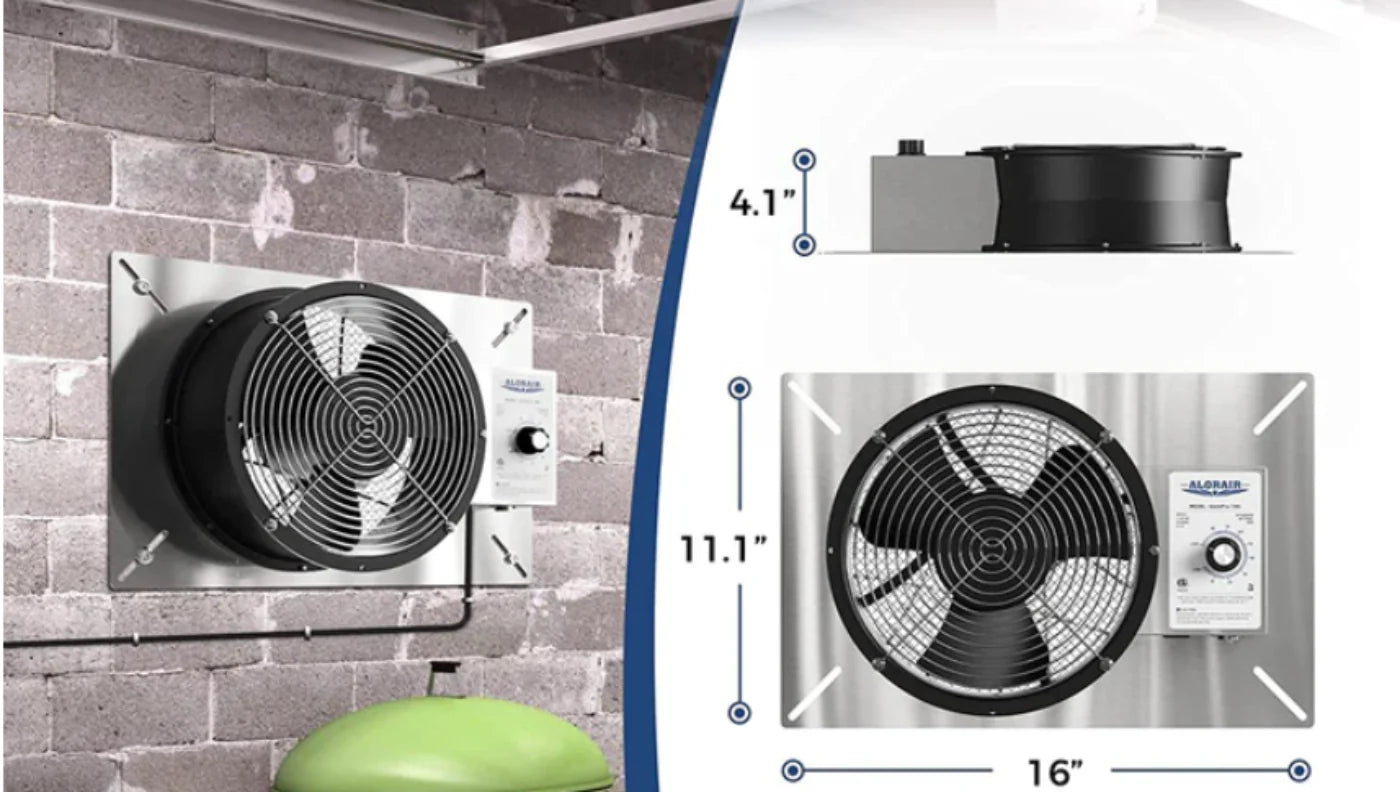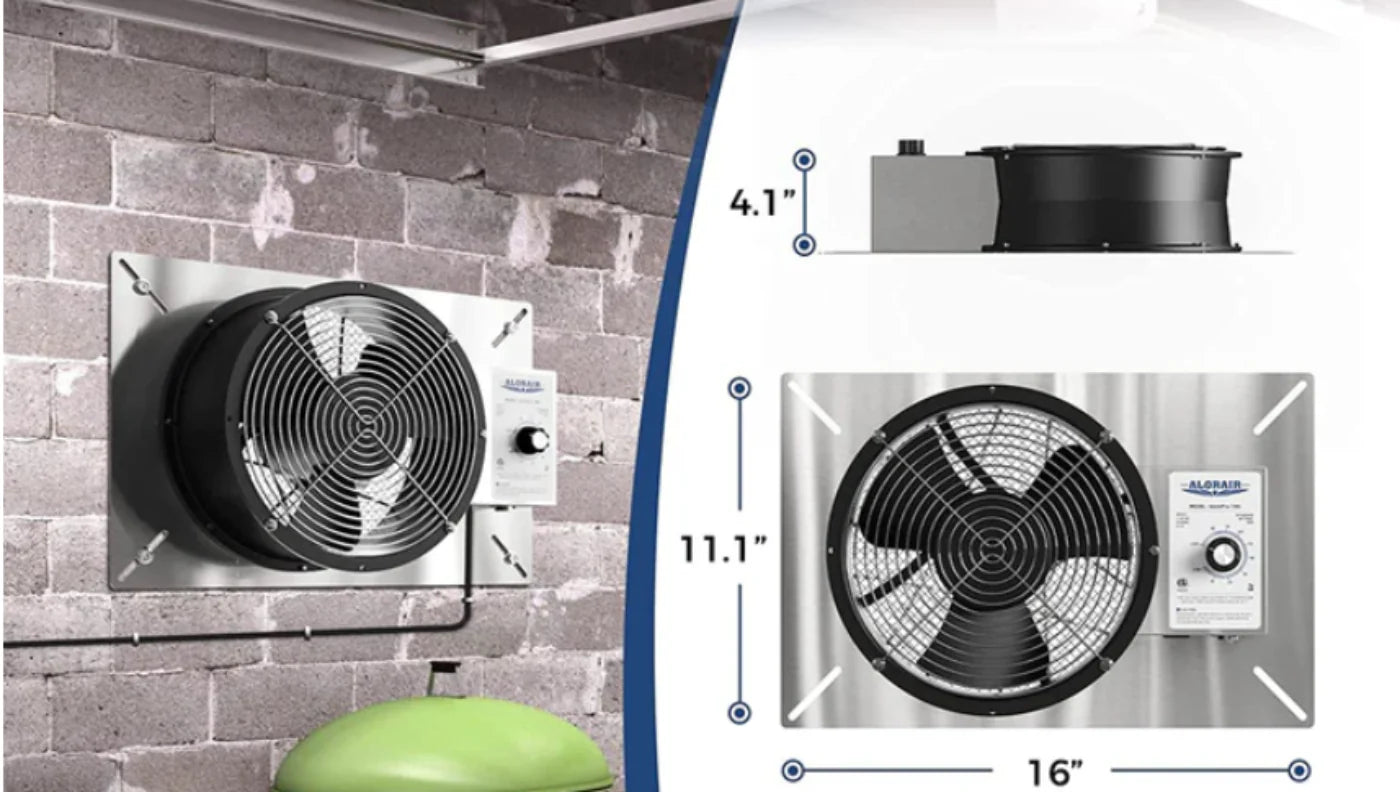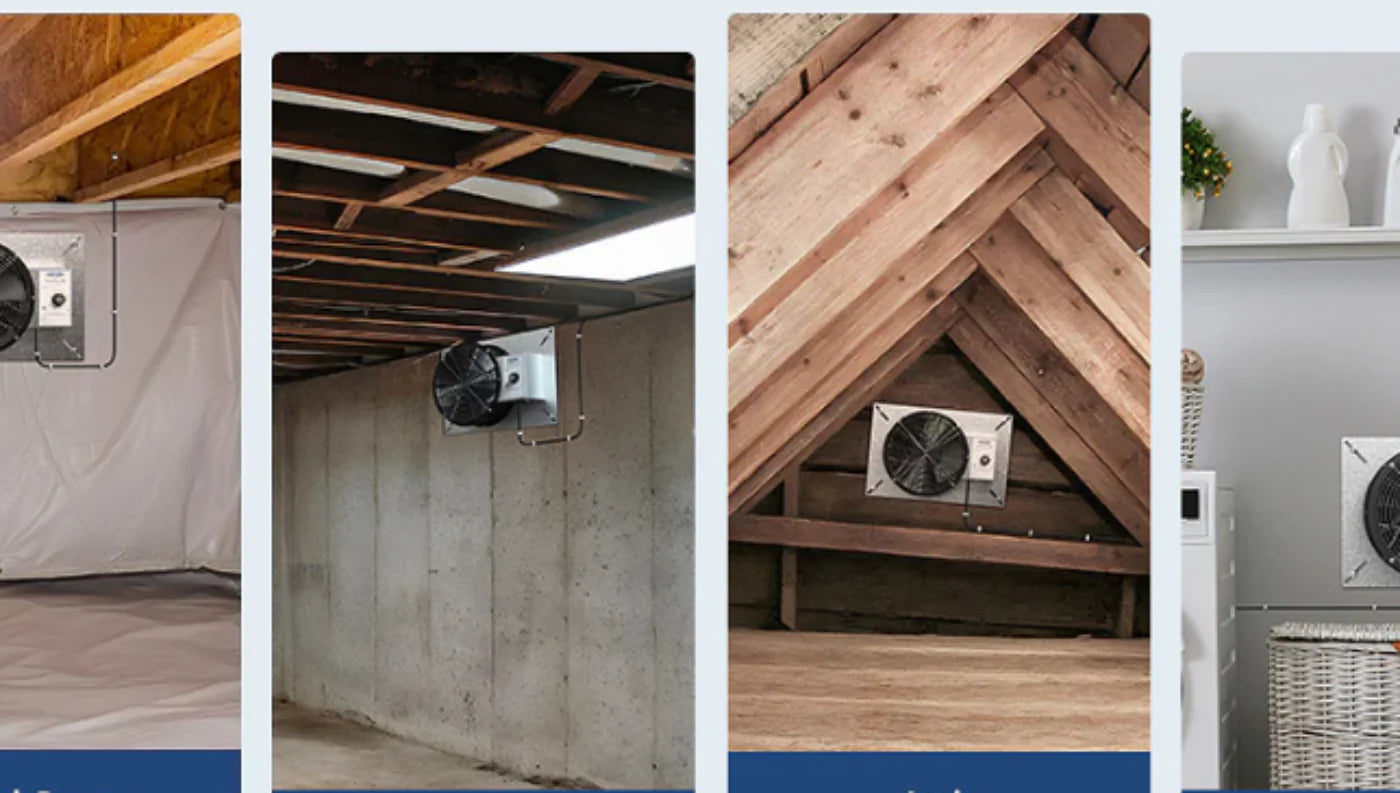Humidity isn’t just about feeling sticky—it can lead to mold, warped floors, and even higher energy bills. If you live in a humid region of the U.S., a whole house dehumidifier might feel like a lifesaver. But should you let it run 24/7? Let’s break this down with real numbers and practical advice.
How Long Does It Take For A Dehumidifier To Dry Out A Room?
The time it takes for a dehumidifier to effectively dry out a room depends on three main factors: the size of the space, the amount of moisture in the air, and the capacity of the dehumidifier you're using.
Room Size Matters (A Lot)
Smaller rooms with less air volume will obviously dry faster. Think of it like heating water: a small pot boils way faster than a bathtub.
Starting Humidity Level
A room at 60% humidity will take significantly less time to dry out than one sitting at 85% or higher. The closer your room is to the target range (ideally 45–50%), the less work your dehumidifier has to do.
Dehumidifier Capacity (Drying Speed)
Capacity is typically measured in pints per day (how much moisture it can pull from the air in 24 hours). The higher the pint rating, the faster it works—if sized correctly for the room.
Drying Time by Room Size, Humidity, and Dehumidifier Type
|
Room Type |
Approx. Size |
Starting Humidity |
Recommended Dehumidifier |
Estimated Dry Time |
|
Small Bedroom |
200 sq ft |
70% RH |
30-pint (14L) |
4–6 hours |
|
Medium Living Room |
500 sq ft |
75% RH |
50-pint (24L) |
8–12 hours |
|
Large Basement |
800+ sq ft |
80–85% RH |
Whole House Unit (70+ pt) |
12–24+ hours |
If the room is closed off (windows/doors shut), the process speeds up. But if you leave doors open or if new moisture continues entering the space, drying takes longer.
Water Damage or Flood? Expect 24–72 Hours
If your room has experienced a leak, heavy rain intrusion, or flooding, you’re dealing with saturation, not just high humidity. In these cases, run the dehumidifier continuously for 24–72 hours. Use fans in combination to help circulate air and speed evaporation. Remove carpets, rugs, or cushions if soaked—they hold onto moisture and slow down the drying process.
How to Know When the Room is Dry Enough?
Don’t guess—measure. Use a digital hygrometer or monitor the humidity display on your dehumidifier. Once the reading drops and stabilizes between 45% and 50%, you’re in the safe zone for both comfort and mold prevention.
Does Running A Dehumidifier Use A Lot Of Electricity?

At first glance, a dehumidifier might not seem like a power-hungry appliance. But if it runs around the clock, it can quietly become one of the larger contributors to your electric bill, especially when you're using a whole-house dehumidifier.
Understanding Wattage by Dehumidifier Type. Dehumidifiers come in different sizes, and so does their power draw. Many whole-house dehumidifiers can draw as much electricity as a small space heater if running at full capacity, especially in humid climates.
Let’s use a standard 800-watt unit (common in high-end whole-house dehumidifiers) as our example:
Power usage per day (24 hours): 800W × 24h = 19.2 kilowatt-hours (kWh)
Cost per kWh (U.S. average): $0.15
Daily cost: 19.2 kWh × $0.15 = $2.88/day
Monthly cost (continuous use): $2.88/day × 30 = $86.40/month
Whole house dehumidifier cost adds up to over $1,000 a year if the unit runs 24/7 without stopping.
Choose Energy Star-certified models. These models use up to 15% less electricity, saving you roughly $13/month or $156/year on a nonstop cycle.
Quick Comparison to Other Appliances
|
Appliance |
Power (Wattage) |
Monthly Cost (24/7 use) |
|
Refrigerator (modern) |
150–300 W |
~$25 |
|
Whole House Dehumidifier |
800–1,200 W |
~$70–$100 |
|
Central AC (running mode) |
2,000–5,000 W |
$150–$300 |
While a dehumidifier isn't quite as power-hungry as your air conditioner, it's still one of the most energy-intensive appliances if left unchecked.
Should I Run My Whole House Dehumidifier 24/7?
No, not always, but it depends on your home’s specific humidity levels and environment.
Running your air dehumidifier 24/7 might sound like a bulletproof way to eliminate excess moisture, but unless your home constantly sits above critical humidity thresholds, this approach can waste energy, drive up electric bills, and shorten the lifespan of your unit.
When Does 24/7 Dehumidifying Make Sense?
If your home’s indoor humidity consistently hovers above 60%, you’re living in mold territory. That’s not just uncomfortable—it’s unsafe. In these cases, especially in basements, crawl spaces, or homes in humid states like Florida, Louisiana, or South Carolina, keeping your dehumidifier on for long periods, sometimes even all day, is smart.
But in most homes, humidity levels fluctuate throughout the day and between seasons. For instance:
-
Morning: Humidity rises due to outdoor dew and indoor showering.
-
Midday: Air conditioning may lower humidity naturally.
-
Night: Windows may draw in outside moisture again.
Because of this natural cycle, it’s not always necessary—or efficient—to run your whole house dehumidifier 24 hours a day.
How Can You Control Humidity Without Constant Running?
The key: automation. Most modern whole house dehumidifiers come with a built-in hygrometer—a sensor that monitors relative humidity (RH) in real-time. This tool allows you to set a target humidity level, and the unit will automatically turn on or off depending on whether the RH is above or below that threshold.
Set your hygrometer at 45% RH. This gives a buffer between comfort and mold risk, and allows the machine to cycle more efficiently rather than running non-stop.
What Happens If You Run It All Day Without Needing To?
Leaving a dehumidifier running 24/7 when it’s not needed can lead to. Wasted electricity: A 900W whole house dehumidifier uses ~21.6 kWh per day, costing around $97/month.
-
Faster filter wear: You’ll need to clean/replace filters more often.
-
Excess dryness: You could unintentionally dry the air below healthy levels.
-
Increased maintenance: The compressor, fan, and internal sensors degrade faster.
Conclusion
Whole-house dehumidifiers are very effective at improving home comfort and controlling mold, but it's not always necessary to run a dehumidifier around the clock. Smart settings, proper sizing, and energy-efficient dehumidifiers can dramatically reduce electricity usage and operating costs, saving you up to hundreds of dollars per year.




